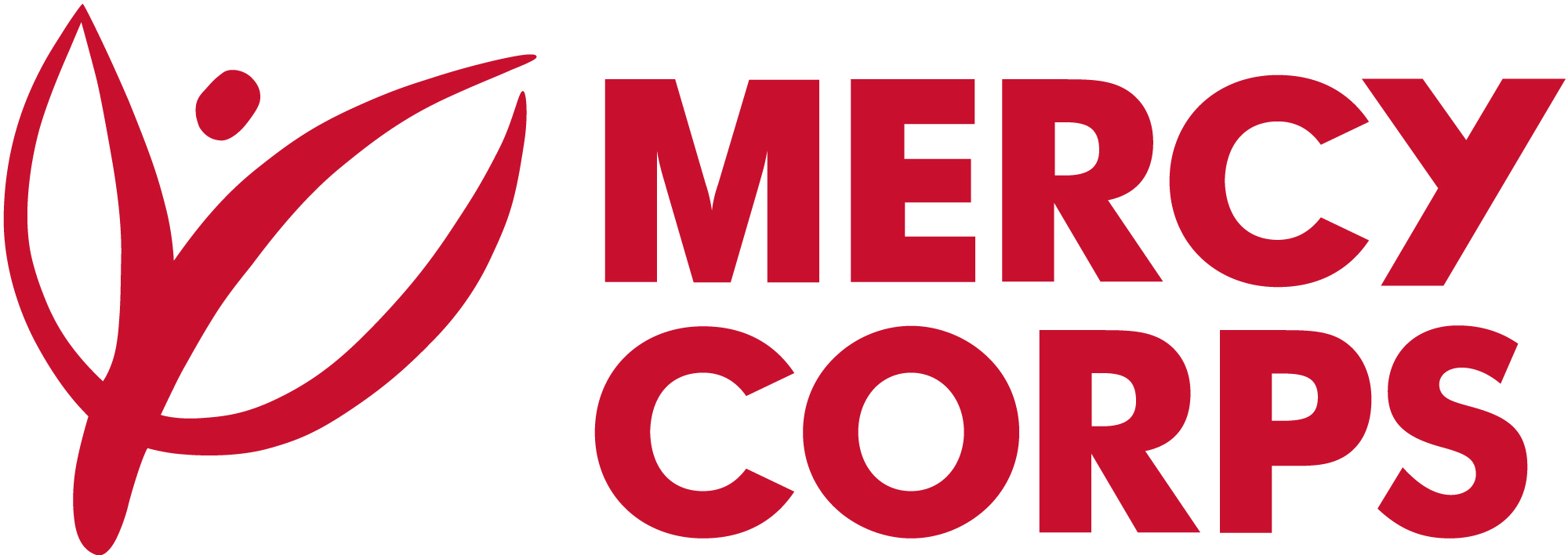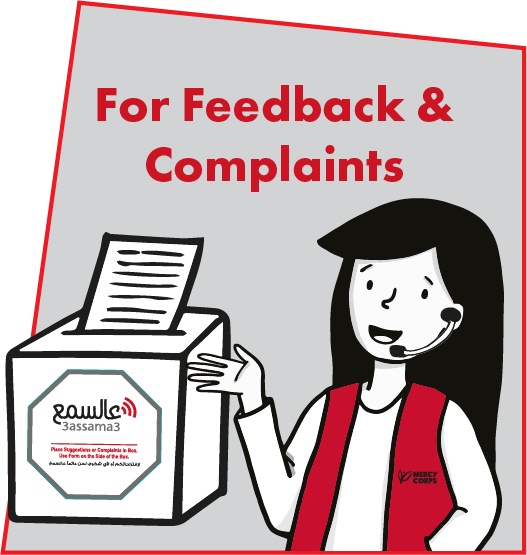This flash report aims to synthesize the government plan’s scope, identify challenges to its successful implementation, and determine which, if any, opportunities the government’s response presents to aid actors. The analysis is based on a close reading of the government plan, combined with public officials’ statements and a series of key informant interviews with government, private sector, and humanitarian sector stakeholders. The report is intended to aid humanitarian and development actors in better understanding the opportunities and limitations of the government’s preparedness plan, in order to coordinate better responses.
Key Takeaways:
- Local authorities have taken a much more active role in response coordination compared to previous crises. The government’s preparedness plan broadly achieves its stated goal of coordinating a response in close collaboration with the UN and other humanitarian actors, while enabling municipalities and governorates to lead the process through the Disaster Risk Management Unit and Disaster Risk Reduction Unit.
- Improved government coordination capacity is in no small part thanks to UN-led disaster contingency planning exercises in response to potential natural disasters or public health crises such as earthquakes or a large-scale cholera epidemic. The Beirut port explosion in 2020 also offered a grim “dry run” of a larger shock affecting the health system.
- Many bottlenecks are not fully addressed in the government’s plan, notably securing the continuous supply of critical foodstuffs and fuel. The government’s apparent reluctance to accommodate Syrian refugees in public shelters could also become a hurdle for aid actors if large numbers of Syrian refugees are displaced. Meanwhile, current cash assistance programs are not shock-responsive, mainly because a centralized, deduplicated database of cash recipients does not currently exist.
- Fuel is an essential logistical cog for Lebanon. Nationwide gasoline and diesel stocks would last an estimated 40 days without being replenished. In the event of a supply shock caused by a naval blockade or other external factor, public and private sector contingency plans prioritize fuel distribution for hospitals, bakeries, telecommunications companies, Civil Defense transportation, and ambulances. Humanitarian actors would benefit from greater transparency on the government’s strategies for securing these commodities.
By Crisis Analytics Team, Mercy Corps Lebanon



